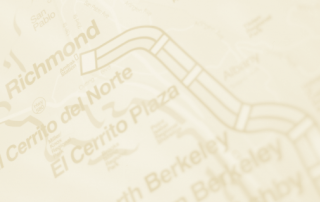The Path to Discrete-Choice Models
Daniel L. McFadden
The research I’d like to describe was initiated in response to the travel models that were available in 1970. At that time, the dominant tool for urban transportation planning was the gravity model. I thought it was just too coarse to yield sensitive predictions of travelers’ choices among modes. Besides, because it was nonbehavioral, it was a poor fit for those of us brought up on economic theory. Before recounting the exploratory path that led to discrete-choice models, I should first say something about gravity models.

